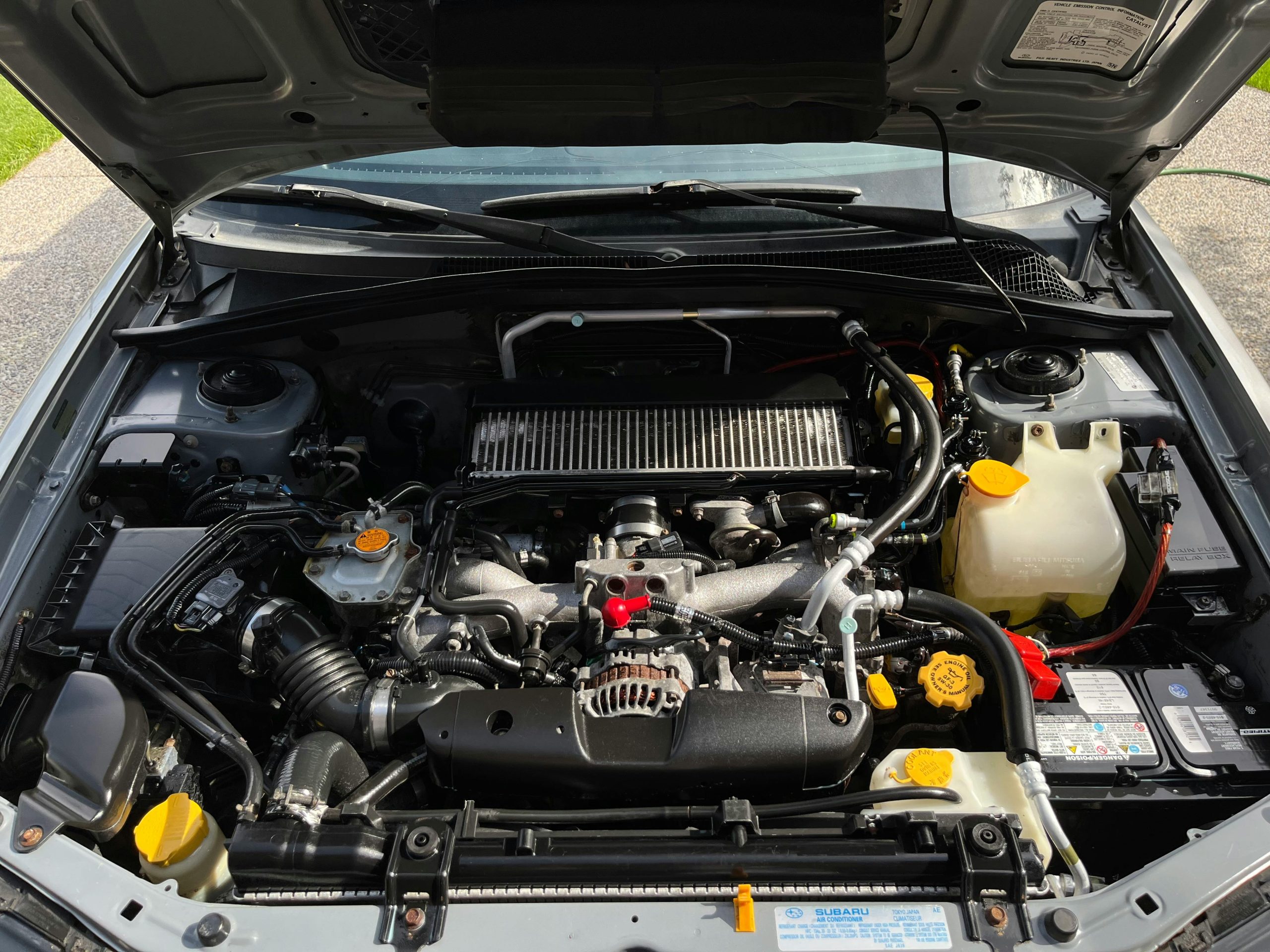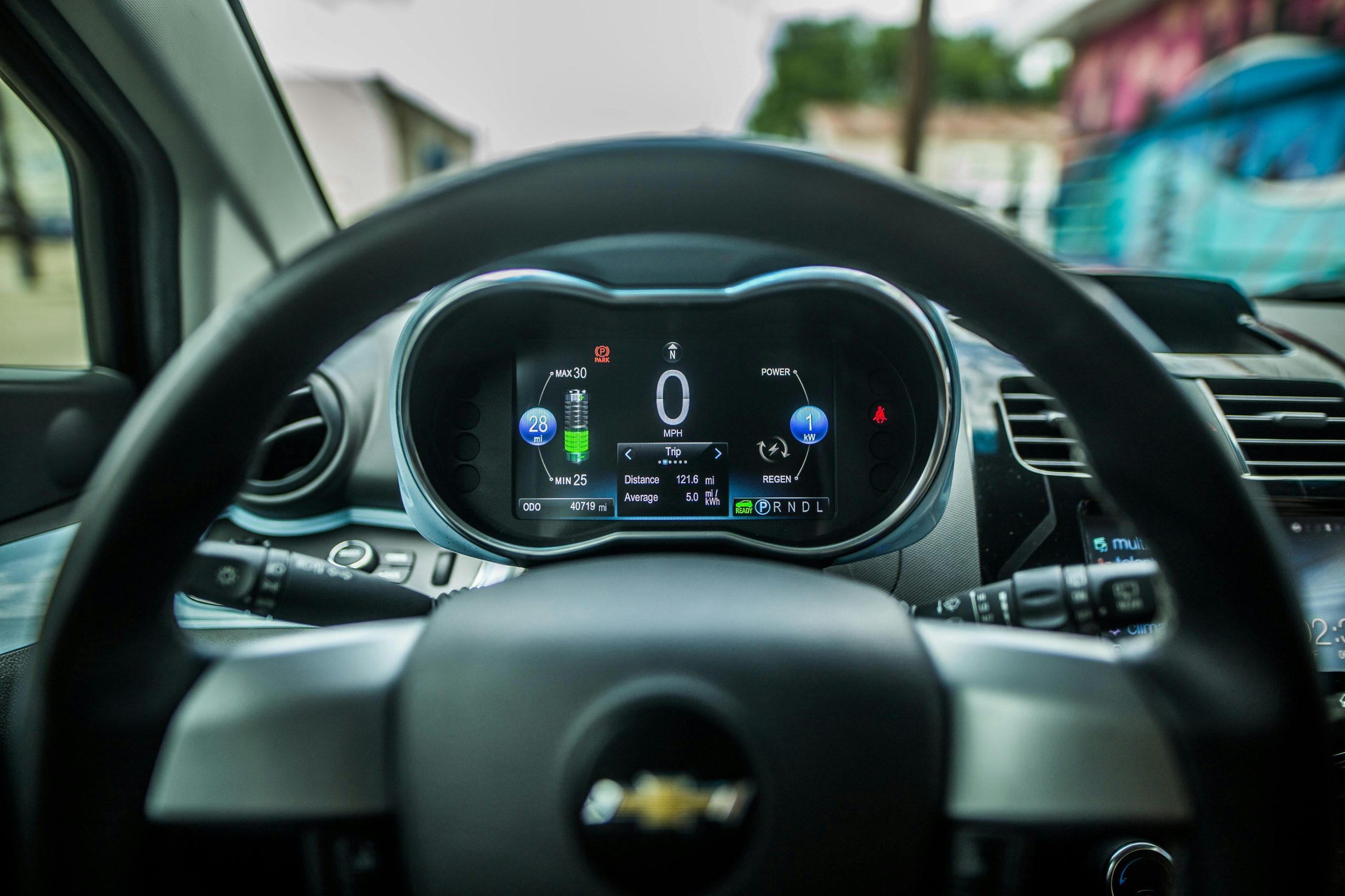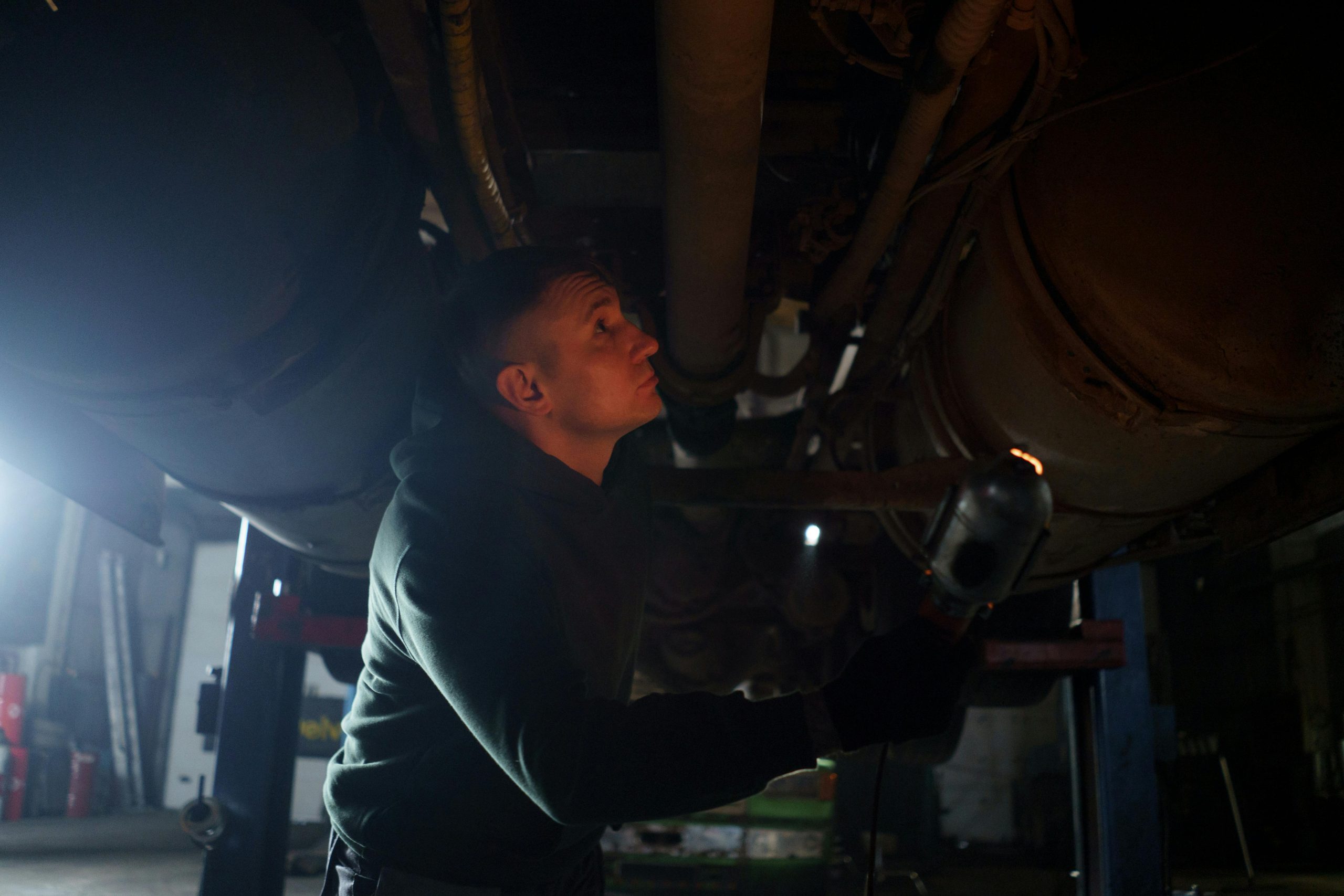When you start noticing a whining sound as you accelerate or a subtle vibration that wasn’t there before, it might be time to check your vehicle’s rear differential. These symptoms can be early warnings of bigger issues lurking within the differential gears or bearings.
Ignoring them could lead to more severe problems, such as handling difficulties or total differential failure. Understanding what these signs might mean could save you time and costly repairs. So, what could be causing these disturbances, and how can you effectively address them before they escalate?
Identifying Differential Noises
Exploring rear differential noises, like whining during acceleration or clunking while driving, is essential for diagnosing potential issues effectively. You’re not alone; many vehicle enthusiasts and home mechanics face these puzzling symptoms. Let’s investigate the sounds that signal trouble.
When your vehicle’s rear differential starts whining or whirring as you accelerate or decelerate, it’s usually a sign of wear on the gears or insufficient lubrication.
These high-pitched sounds often increase in volume with vehicle speed and indicate that the differential gears struggle to engage smoothly. Paying attention to these cues early can save you from more serious damage down the road.
Clunking or clicking noises are another red flag. These sounds typically occur when there’s excessive backlash or a misalignment between the gears in the differential.
It’s like the components are arguing instead of working together. Each clunk might tell you that the gear teeth are worn or damaged, leading to erratic performance and potential failure.
Recognizing Overheating Signs
You’ll notice your rear differential overheating through signs like unusual burning smells, smoke, or fluid leaks, which demand immediate attention to prevent severe damage.
Overheating, often from high speeds, heavy loads, or insufficient lubrication, poses a serious risk to your vehicle’s functionality.
Here are some vivid signs and symptoms to look for:
- Burning Smell: When the gear oil in your rear differential overheats, it emits a distinct, acrid odor. This smell, a sharp reminder of overheated metal and oil, clearly signals that your differential is operating beyond its thermal threshold.
- Smoke Emission: Seeing smoke emanating from the rear of your vehicle can be alarming. This is often due to excessively hot differential oil vaporizing, which indicates that the internal components are under extreme stress and potentially deteriorating.
- Fluid Leaks: Overheated oil can degrade seals and cause leaks. If you spot dark, oily patches under your car near the differential, it’s a sign that the differential’s integrity is compromised, necessitating immediate action.
Understanding Vibration Issues
Vibrations emanating from your rear differential often signal worn or damaged internal components, such as bearings or gears, requiring immediate professional attention.
You’re not alone in facing these vibration issues, common symptoms of a bad differential.
When you’re accelerating and notice an increase in vibrations, it’s a vital sign that your vehicle’s rear differentials may suffer significant differential damage.
These vibrations aren’t just annoying; they can drastically affect your car’s performance. Ignoring these signs can lead to more severe problems, where the damage becomes more extensive and repairs more costly.
Understanding the interplay between different parts within your rear differential is essential. Worn bearings or damaged gears disrupt this harmony and compromise the integrity of the entire drivetrain.
Handling and Steering Challenges
Beyond vibration issues, you may also notice handling and steering challenges if your rear differential fails.
A malfunction of this essential component can greatly disrupt your driving experience, reducing your control and safety on the road.
When the rear differential isn’t performing at its best, you might encounter several specific issues:
- Necessary Steering During Turns: If you’re finding it increasingly hard to steer your car, especially around corners, it could be a sign that the rear differential isn’t distributing power evenly to the wheels. This imbalance can make turns feel stiff and unresponsive.
- Vehicle Pulling to One Side: Another common symptom is unexpectedly pulling to one side. This usually indicates that the differential gears are worn or damaged, causing uneven power distribution across the axles. You’ll feel like constantly fighting the steering wheel to maintain a straight path.
- Shaking or Vibrations in the Steering Wheel: Vibrations felt directly through the steering wheel suggest that rear differential issues affect the vehicle’s steering dynamics. This can be both unnerving and distracting, potentially leading to steering problems.
Detecting Gear Grinding
To effectively tackle rear differential issues, you’ll first need to understand the causes of gear grinding. If you hear a distinct grinding sound during acceleration or deceleration, it’s important to identify these noises accurately, as they signify gear wear or damage.
Causes of Gear Grinding
When you notice unusual whining or grinding noises during acceleration or deceleration, gear grinding is likely occurring in your rear differential.
This troubling sound clearly calls for attention to your vehicle’s essential components. Gear grinding isn’t just irritating; it signals underlying issues that need swift action.
Here’s what could be causing this worrisome noise:
- Inadequate Lubrication: Lubricant in the rear differential minimizes friction between gears. If there’s insufficient lubrication, the increased friction can cause gears to grind against each other. This produces the characteristic whining or grinding noise and accelerates gear wear.
- Excessive Overheating: When your rear differential overheats, it can lead to the breakdown of lubricating oils and damage to the gear structure itself. Overheating might result from continuous high-load driving or a failure in the differential cooling system.
- Worn or Faulty Gears: Gears can wear down or become damaged due to stress or debris over time. Worn gears don’t mesh as smoothly as they should, leading to grinding noises during operation.
Identifying Grinding Sounds
Identifying the source of grinding sounds in your rear differential is vital to prevent further damage and guarantee your vehicle’s longevity. When you hear these noises, it’s important to act swiftly, as they often indicate damaged gears that could lead to potential failure if not addressed.
The grinding sounds are typically a symptom of metal-on-metal contact within the rear differential. This harsh, grating noise occurs because the gears, which should move smoothly against each other, scrape and clash instead. Such conditions suggest either wear or misalignment, which disrupts the harmonious operation of your vehicle’s drivetrain.
You’re not alone in this. Every car enthusiast and professional mechanic knows the risks of ignoring these warning sounds. By recognizing these early signs, you join a community of responsible vehicle owners who understand the importance of maintenance.
Don’t let the issue escalate. Consulting a professional mechanic is a wise choice; they can precisely diagnose the root cause of the grinding, be it wear, misalignment, or another mechanical anomaly.
Solutions for Grinding Issues
Addressing gear grinding in your rear differential requires prompt action to replace or repair damaged components. Gear grinding typically results from metal-on-metal contact, indicating that the gears within your differential may be worn or damaged.
To effectively tackle this problem, here’s what you need to do:
- Inspect the Differential Gears: Check for any visible signs of wear or damage. Look for pitting, scoring, or chipped teeth on the gears. This physical evidence can confirm metal-on-metal contact is occurring.
- Change the Differential Fluid: Old or insufficient lubricant is a common cause of grinding issues. Drain the old fluid and refill it with a high-quality lubricant recommended for your specific vehicle model. This can reduce friction and prevent further damage.
- Consult a Professional Mechanic: Don’t hesitate to bring your vehicle to a professional. They can provide a thorough evaluation and ensure that all rear differential components are functioning correctly and safely.
Checking for Oil Leaks
Have you checked your rear differential for oil leaks lately? They can signal a compromised gasket or seal, and it’s essential to catch them early to prevent your ride from suffering a breakdown.
Start by examining the differential housing and its surroundings for telltale signs like oil puddles or drips. If you spot any, you’re likely dealing with a damaged or worn-out gasket, which can seriously jeopardize the integrity of your vehicle’s mechanical systems.
Leaking oil can lead to insufficient lubrication, which increases friction and heat within the differential. This scenario can accelerate wear and tear on the gears and bearings, pushing your differential towards premature failure.
Don’t let this issue sideline you addressing oil leaks promptly is key to safeguarding the longevity and performance of your differential components.
Make it a routine to Inspect your rear differential regularly. This proactive approach will keep you in tune with your vehicle’s condition and foster a sense of community and shared responsibility among fellow enthusiasts who value the art of maintenance.
Conclusion
You’re not alone in facing differential issues; 60% of rear differential failures result from neglected maintenance. Regular checks and early detection of symptoms like noises, overheating, or unusual vibrations can safeguard you from costly repairs.
Don’t overlook even minor signs; these could be early warnings. Stay vigilant and proactive in maintaining your vehicle’s rear differential to guarantee its peak performance and longevity.
Remember, it’s always better to address issues before they escalate.



